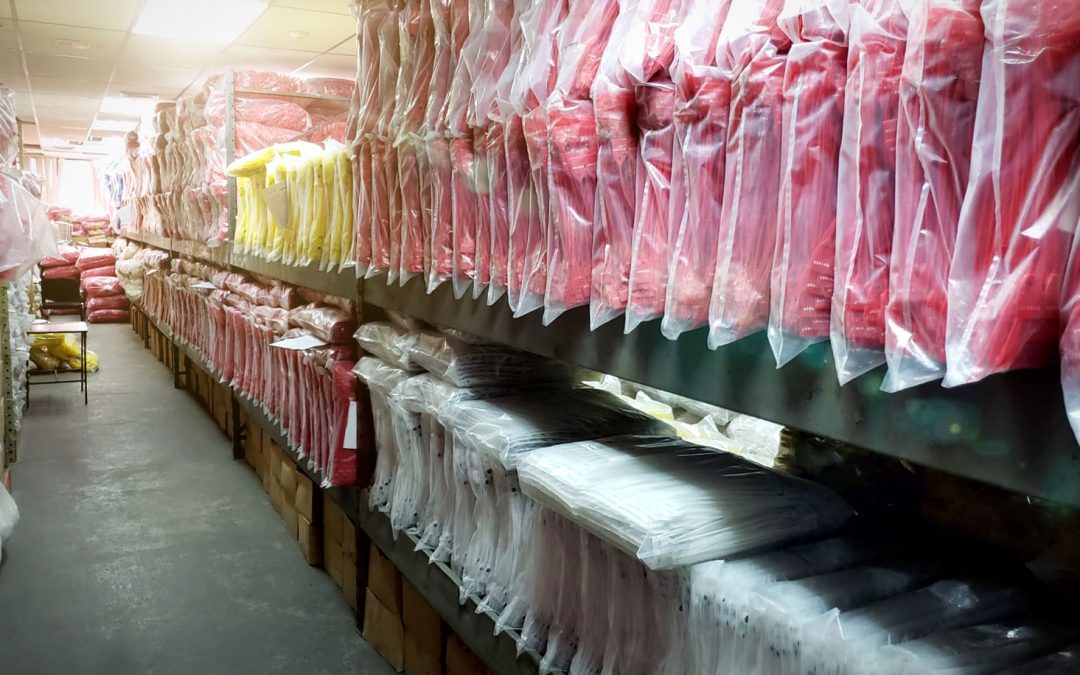Tamper- indicating seals can be traced back in history as far as 7,000 years, being the most common practice to wear the seal as a ring on the fingers by the authority for authentication of official documents.
Those early methods have evolved to a range of sophisticated mechanisms, made from an array of materials. They are used to seal different kind of containers in a way that provides tamper evidence by detecting contamination, manipulation or theft. It is important to highlight that a security seal is not a lock, which are made to obstruct access. A Security Seal, meanwhile, must be able to leave a clear evidence of unauthorized opening.
Security Seals are widely used by Sea and airline cargo and containers, trucks, logistic services, industrial valves, chemical drums, duty free trolleys, utility meters, cash in transit, bank bags, cash box, clinic waste, storages, home cabinets, dinning cars, dairy and food containers etc.
There are many types of seals on the market and they can be classified using different categories: applications, material, physical performance (high or standard) etc. However the usual way to categorize them is by the material they are made: PLASTIC SECURITY SEAL and METAL SECURITY SEAL

